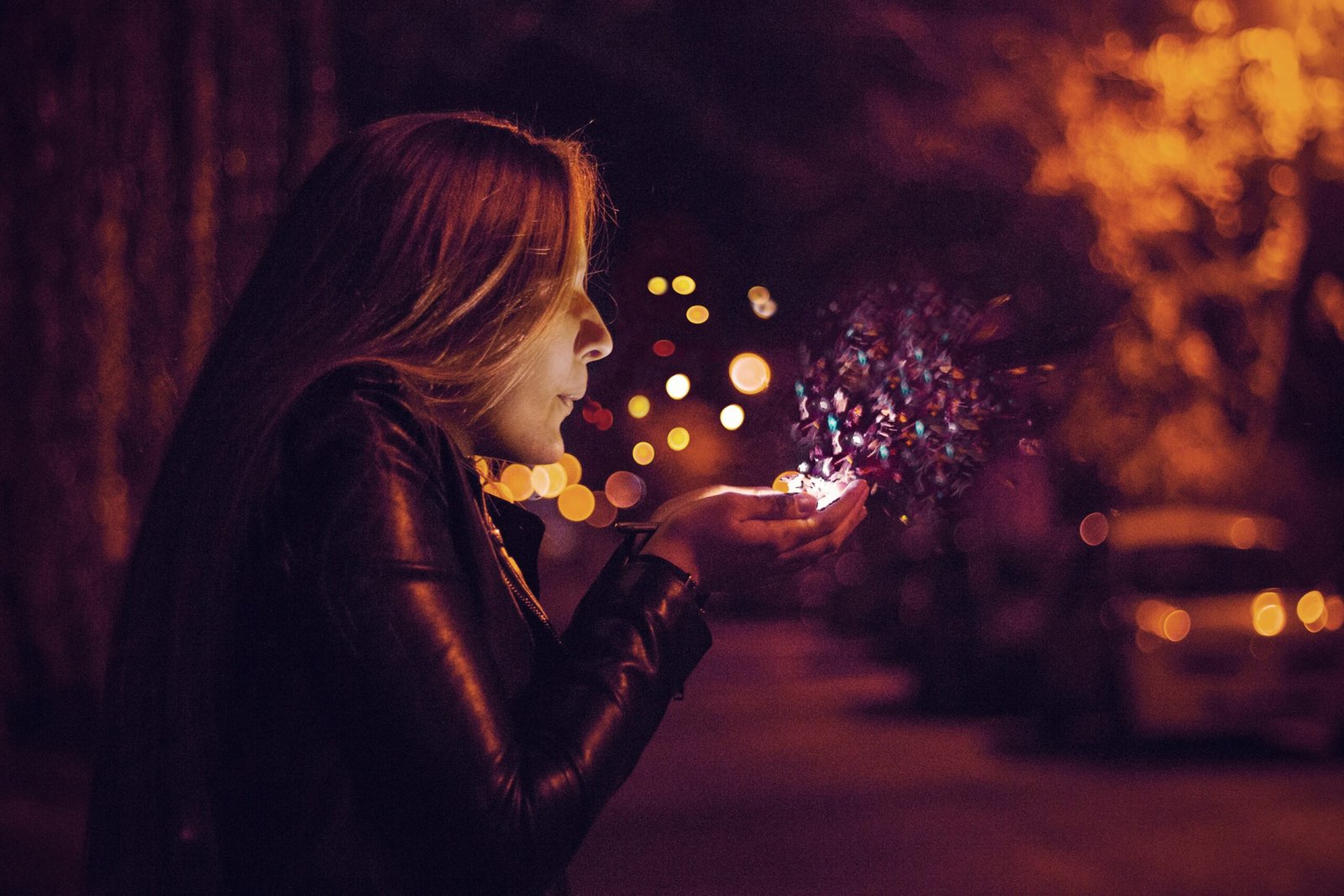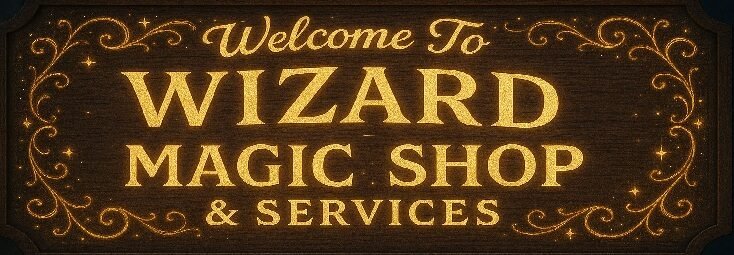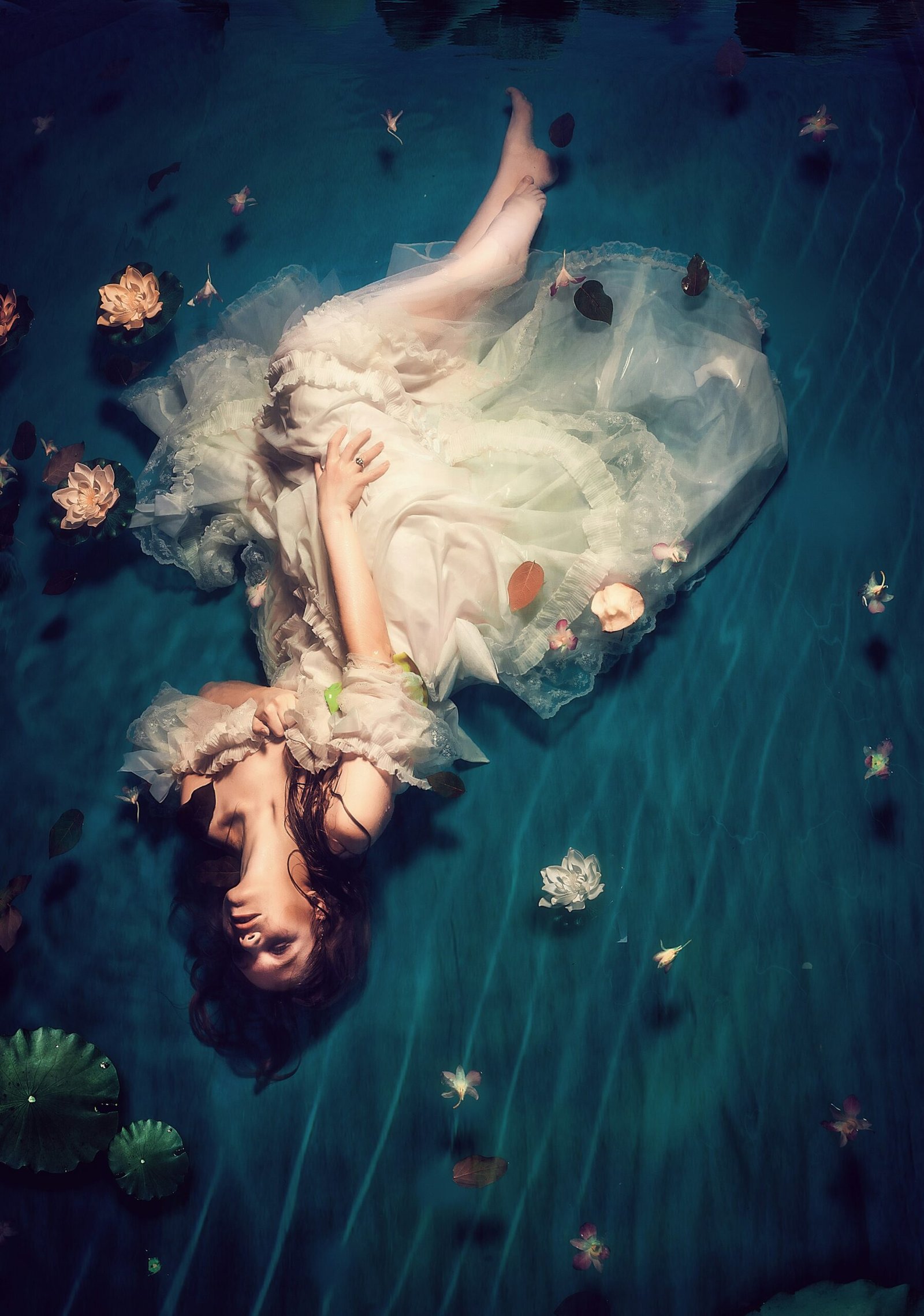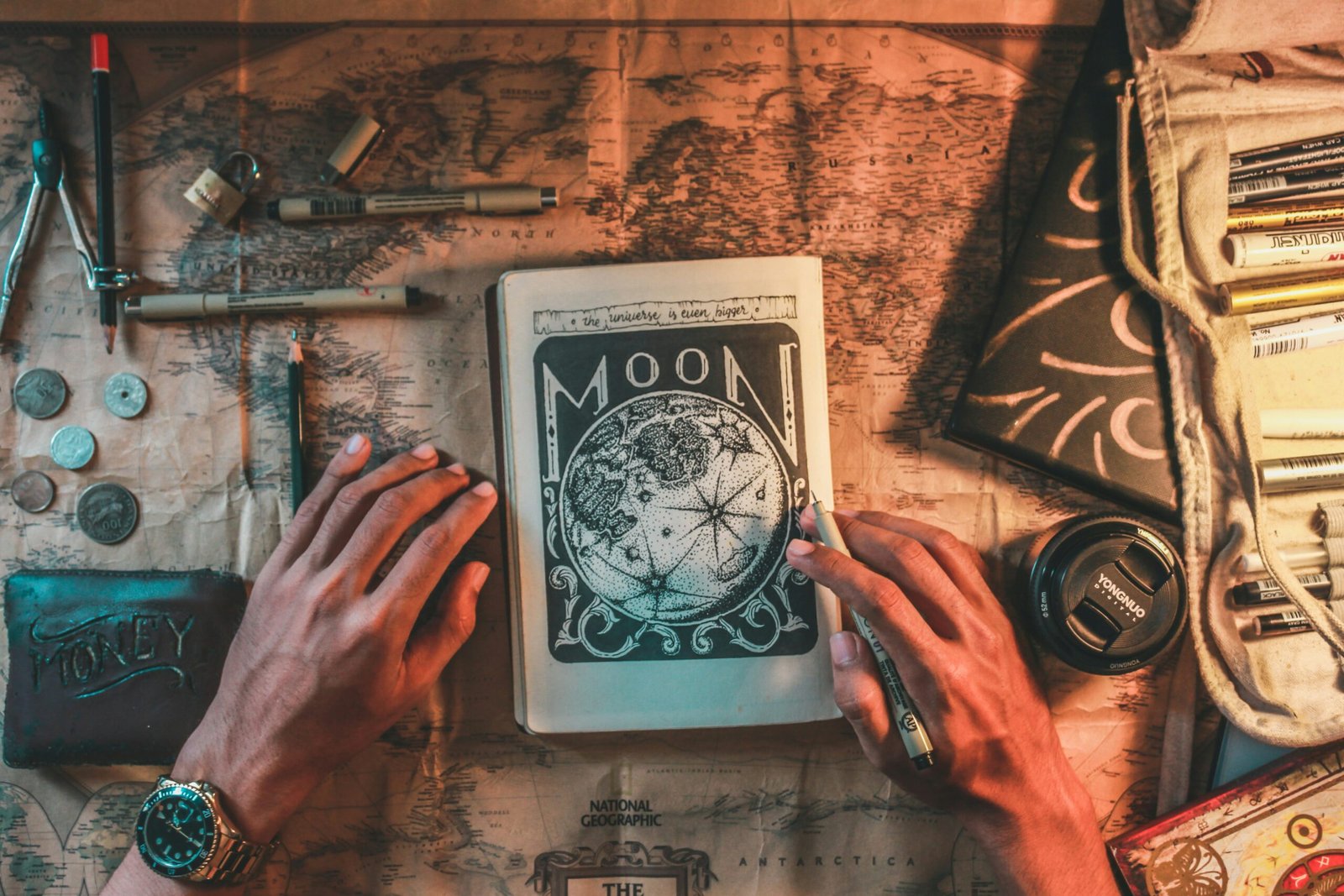Exploring the Rich Tapestry of Cultural Diversity in Magic

Photo by <a href="https://unsplash.com/@almosbech" rel="nofollow">Almos Bechtold</a> on <a href="https://unsplash.com/?utm_source=hostinger&utm_medium=referral" rel="nofollow">Unsplash</a>
Magic and Cultural Diversity: Exploring the Unique Traditions and Practices
Magic has always been a fascinating art form that transcends borders and captivates audiences around the world. While the principles of magic may be universal, each culture brings its own unique traditions and practices to the table, resulting in diverse and captivating performances by magicians. In this article, we will delve into the rich tapestry of cultural diversity in magic and explore how these traditions influence the performances of magicians.
The Power of Cultural Influence
Culture plays a significant role in shaping the way magic is performed and perceived. It is through cultural practices, beliefs, and rituals that magicians infuse their performances with a sense of authenticity and connection to their audience. For instance, in Asian cultures, such as China and Japan, magic is often intertwined with ancient folklore and traditional performing arts like Kabuki and Peking opera. This fusion of magic and cultural heritage creates a mesmerizing experience for spectators, as they witness illusions that are deeply rooted in their own cultural narratives.
Similarly, African cultures have a rich tradition of magic and mysticism, where shamans and witch doctors use their supernatural abilities to heal, protect, and communicate with the spirit world. These practices have influenced the performances of African magicians, who incorporate elements of mysticism and spirituality into their acts, creating a sense of wonder and awe.
Diverse Techniques and Styles
Another aspect of cultural diversity in magic lies in the techniques and styles employed by magicians from different cultures. For example, Indian magic, known as “Indian street magic” or “Gandharva magic,” is characterized by its elaborate props, vibrant costumes, and intricate hand movements. This style of magic draws inspiration from traditional Indian dance forms like Bharatanatyam and Kathakali, adding a unique visual and cultural flair to the performances.
In contrast, Western magic, particularly the style popularized by magicians like Harry Houdini and David Copperfield, focuses more on grand illusions, escapology, and sleight of hand. This style of magic emphasizes showmanship and spectacle, often leaving audiences in awe of the magician’s skill and dexterity.
Cultural Significance and Symbolism
Magic often holds deep cultural significance and symbolism within different cultures. In many Native American tribes, for example, magic is closely tied to spiritual beliefs and is used in ceremonies and rituals to invoke blessings, heal the sick, or bring good fortune. The performance of magic in these contexts is not just entertainment but a way to connect with the divine and honor ancestral traditions.
Similarly, in Middle Eastern cultures, magic is often associated with mysticism and spirituality. Magicians in this region draw inspiration from ancient texts like “One Thousand and One Nights” and incorporate elements of Arabic calligraphy, music, and dance into their performances. This fusion of art forms creates a magical experience that reflects the rich cultural heritage of the region.
Embracing Cultural Diversity in Magic
As the world becomes increasingly interconnected, it is important for magicians to embrace and celebrate cultural diversity in their performances. By incorporating elements from different cultures, magicians can create a more inclusive and enriching experience for their audiences. This could involve learning about different cultural practices, collaborating with artists from diverse backgrounds, or even adapting traditional magic tricks to reflect the cultural nuances of a specific audience.
Furthermore, by exploring the magic of different cultures, magicians can expand their own repertoire and gain a deeper understanding of the art form. This cross-cultural exchange not only enhances the performances but also fosters a greater appreciation for the diversity of human experiences.
Conclusion
Magic is a universal language that transcends cultural boundaries. By embracing the unique traditions and practices of different cultures, magicians can create performances that resonate with audiences on a deeper level. The rich tapestry of cultural diversity in magic not only adds depth and authenticity to the art form but also fosters a greater understanding and appreciation for the world we live in.






